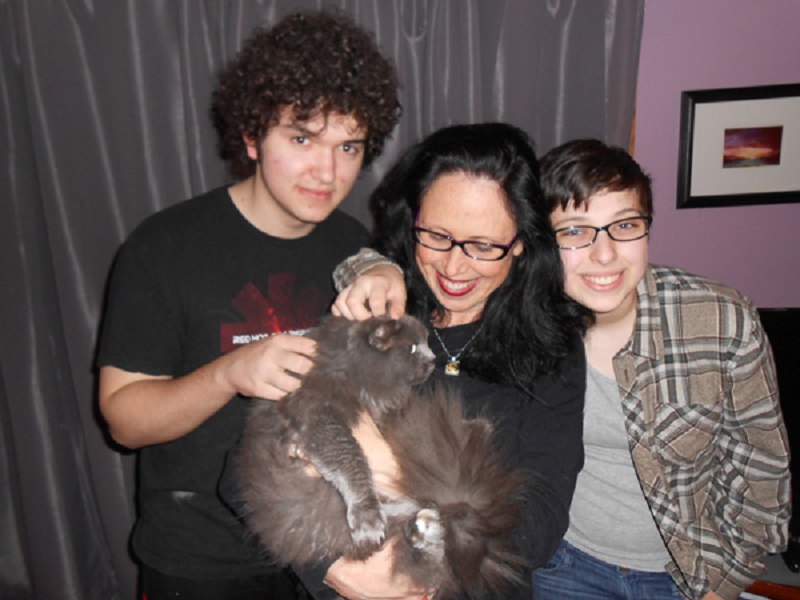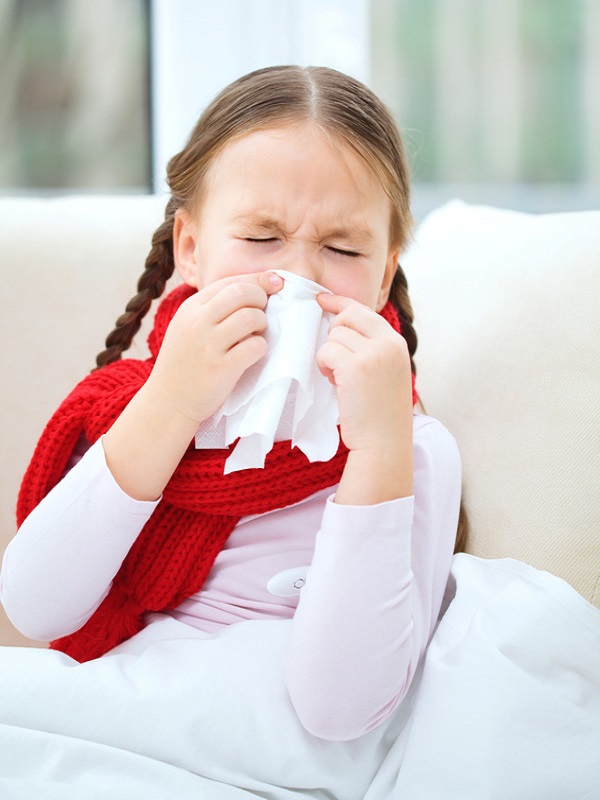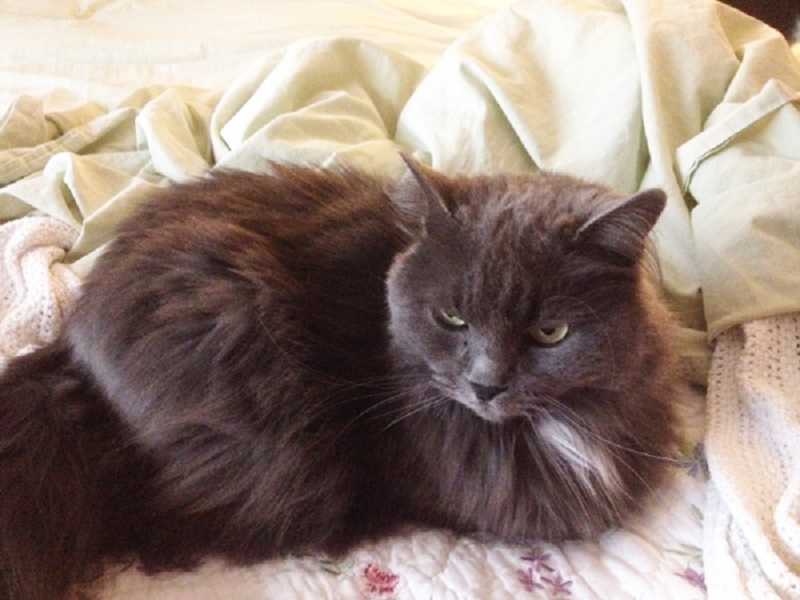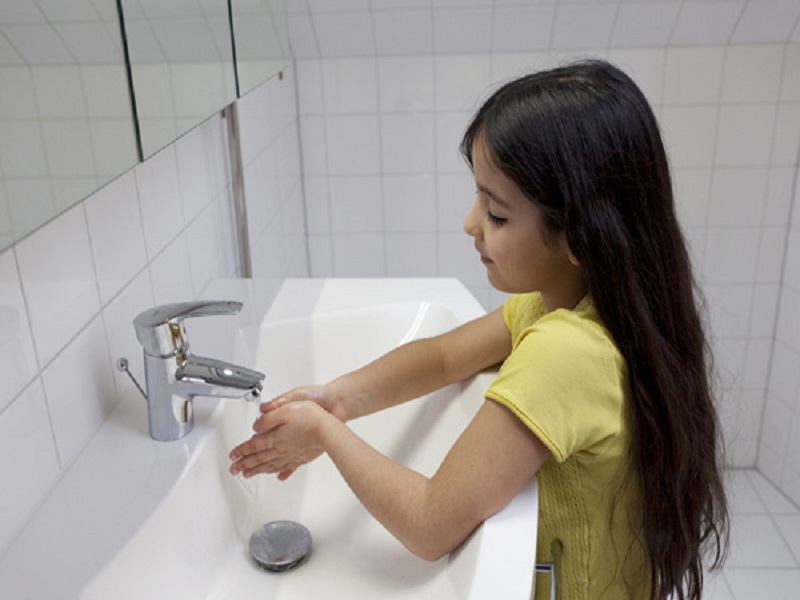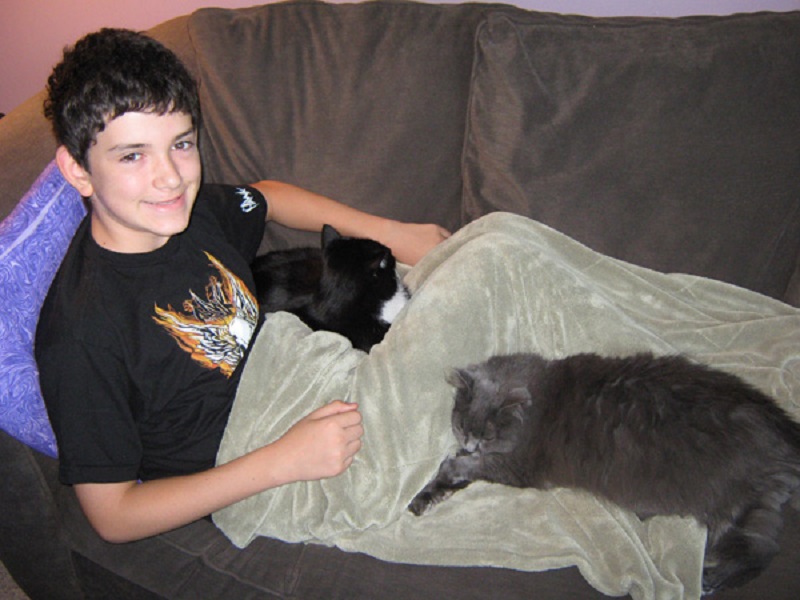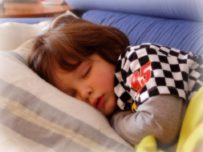via catster: Our feline companions are cherished members of our families, and it can feel physically and emotionally devastating when one of the human family members develops an allergic reaction to them. The National Institute of Allergy and Infectious Disease reports that between 6 million and 10 million Americans are allergic to pets. And cat allergies are twice as common as dog allergies.
Most feline allergies result from something called Fel d1, a protein found in a cat’s saliva and skin. When a cat cleans himself, the Fel d1 in the saliva becomes airborne and looks for a warm, moist spot to live, usually landing in the eyes and nose. The same thing happens when the cat’s skin flakes and releases the protein.
Sometimes parents don’t know their child has an allergy to a pet until the little one is toddler-aged. Our cats never affected our daughter, but when she was around age three, we participated in a local walk-for-animals fund-raiser and she spent a good part of the day petting some of the canine walkers … and then rubbing her face. We initially had no idea what was happening when her face became red, itchy and so puffy that she couldn’t open her eyes. She’d been around dogs, but not so many of different types all at once.
We raced to urgent care and eventually discovered that she did indeed have an allergy to some dogs. We also learned that if one or both parents have allergies of any kind, the child is likely to develop them as well. My husband has eczema, which flares from various triggers (none of them animal-related). Consequently, our daughter went on to develop eczema as well.
We have friends and family with dogs and we didn’t want to avoid them, so we began researching ways we could help our daughter avoid allergic reactions. We discovered there was a lot we could do and much of it applied to both cat and dog allergies.
One point I can’t emphasize enough is that you do not have to rehome your cat if your child starts sneezing. There are many strategies you can use to create happy cohabitation with both cats and children with sensitivities. Here are 10 tips for helping your child cope with feline allergies.
1. Definitively identify the allergy
Make sure the reaction is to the feline protein and not something else. In addition to other common allergies like mold or dust mites, outdoor cats can bring pollen and grass inside — these could actually be the culprits. If you’re able, start by eliminating some of the suspected triggers and see what happens. We did this with regard to food allergies with our daughter. Perhaps keep the outdoor kitty inside and see if the reactions lessen or stop.
You may choose to visit your family doctor to discuss other options like allergy testing. Your decision will certainly depend on the age of the child and the severity of the reaction.
2. Make your child’s bedroom a cat-free zone
Wash all sheets, blankets, pillow and drapes in the child’s bedroom — better yet, replace everything if you’re able. The allergens may not disappear from the room immediately, but over time, you’ll notice a definite difference.
3. Replace carpet with a hard surface
Carpet collects allergens and frequent vacuuming only blows around the offenders. If you can, rip up the carpet and replace it with a hard surface — even if it’s just in the child’s bedroom. If this isn’t possible, use a vacuum cleaner with a HEPA filter and regularly steam clean.
4. Use an air purifier
Purchasing a good air purifier with a HEPA filter will go a long way in keeping the air clear of allergens. Again, even if you’re only able to place on in your child’s bedroom, it’s well worth it.
5. Regularly bathe or clean your cat
Some cats react more positively (or less negatively) than others to bathing. If your cat is one who doesn’t mind a once-or-twice weekly wash, then go for it. If your cats are like mine, you may opt to purchase nontoxic cleaning wipes. Bathing or cleaning won’t eliminate the allergens, but will slightly lessen them.
6. Remind your child to wash her face and hands after handling kitty
It’s hard to share your life and home with a precious cat and not want to cuddle and pet him. In order to reduce the chances of a sneezy nose and itchy eyes, it’s critical that the child wash her hands and face after spending up close and personal time with your cat.
7. Frequently wash cat beds and toys
Obviously, if your cat spends time lying on a cat bed or playing with toys, those items will contain allergens. Purchase beds and cloth toys that can be tossed in the washing machine and use nontoxic cleaners on the hard toys. Always use the hot water setting on the washer.
8. Clean upholstered furniture and open windows
My cats constantly nap on top of our upholstered sofa and chair. I know this because of the amount of cat hair I remove on a daily basis! If your child is allergic to cat allergens, a steam cleaner would be a great investment. Additionally, keeping fresh air circulating through your space will increase ventilation, resulting in fewer trapped allergens.
9. Consider a hypoallergenic cat breed
Is there such a thing as a hypoallergenic cat breed? There are absolutely breeds that produce fewer allergens and many families who live with these cats experience amazing results. We’ve identified the top hypoallergenic breeds, including some from the Oriental lines, “Rexes” and both a hairless and hairy type. For additional information about hypoallergenic cats, including breed information, read Catster’s recommendations.
10. Explore medications, if necessary
I’m not one who immediately turns to medication, especially with children. I believe in trying the more conservative methods listed above; however, you may arrive at the decision to try an OTC (antihistamines and decongestants) or prescription medication. Always consult a physician first because the type of medication and dosage amounts will depend on your child’s age and medical history.
Do you have tips for helping your child cope with feline allergies? Tell us about it in the comments!



